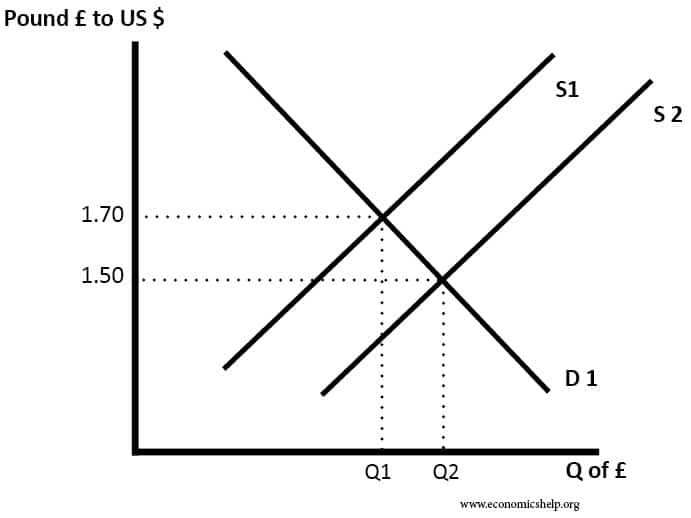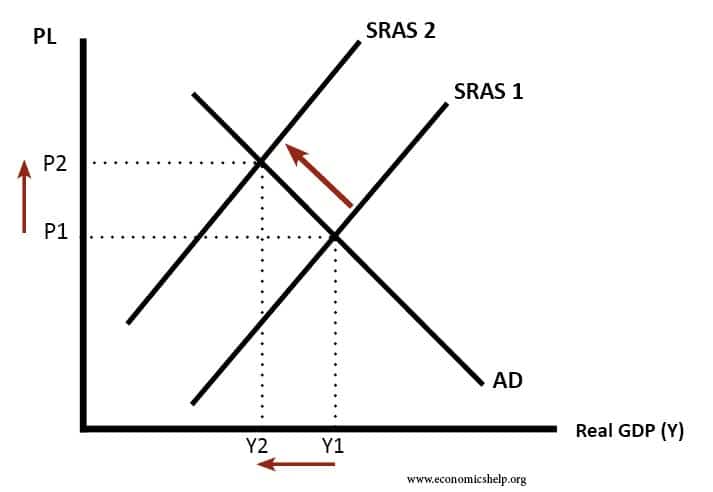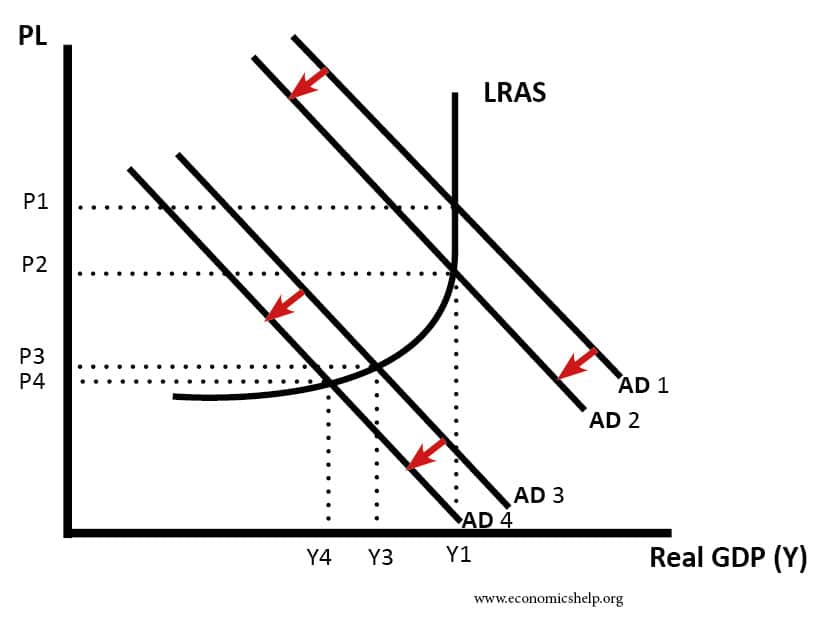Economics and the environment
Readers Question: Is it possible to construct the economic system so that does not rely on expanded growth which as we all know, is damaging the environment? causing pollution e.t.c. Could we have a society without economic growth? or as economists might prefer to answer – Can we have environmentally sustainable economic growth? To promote …




